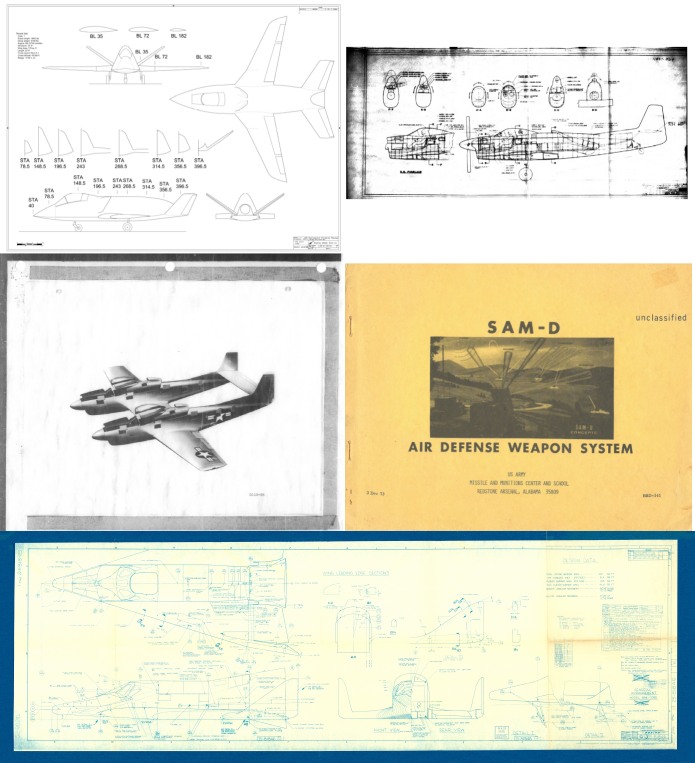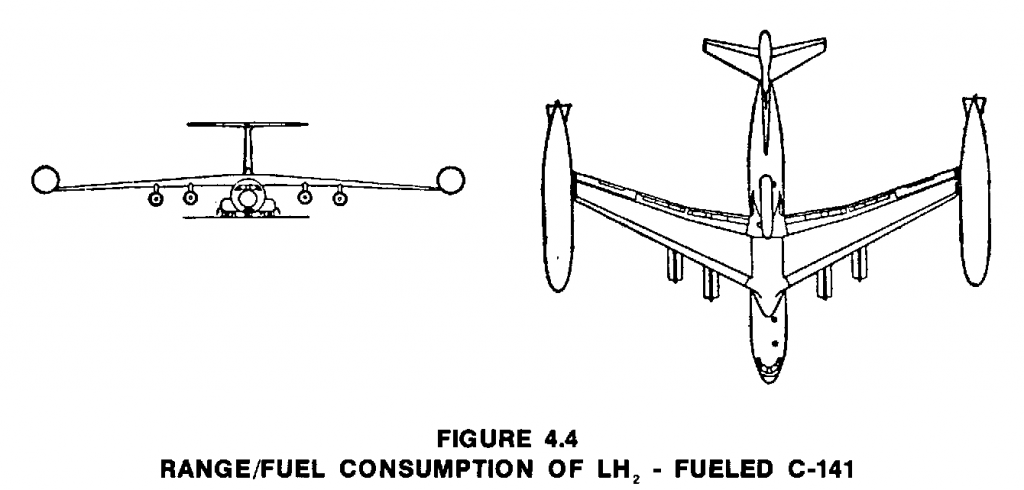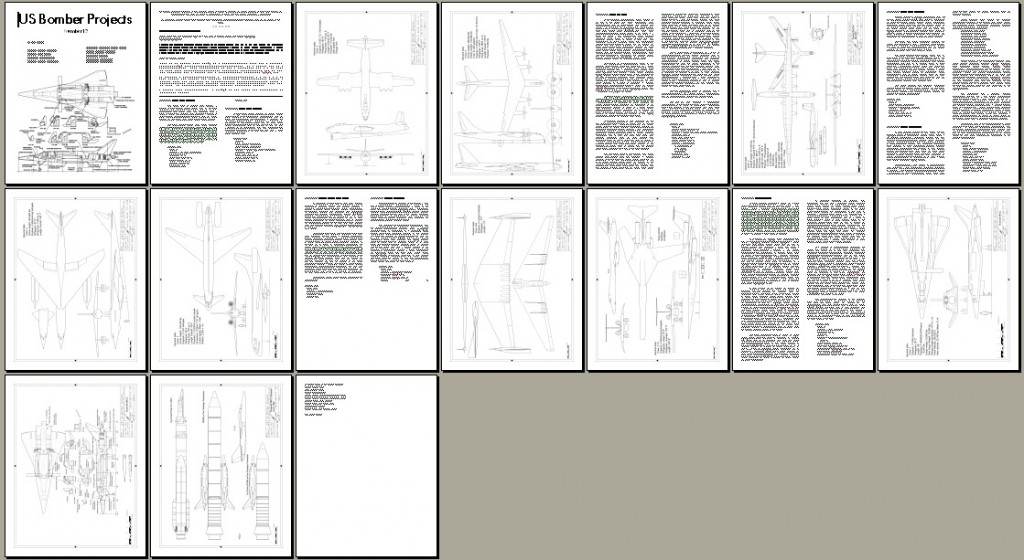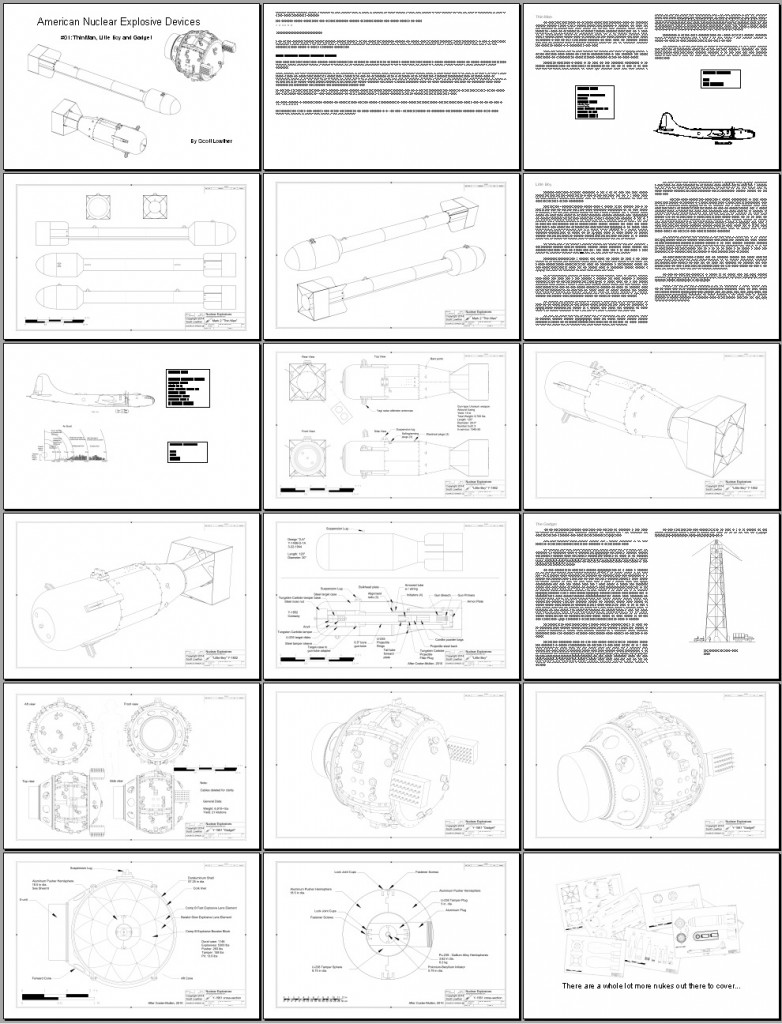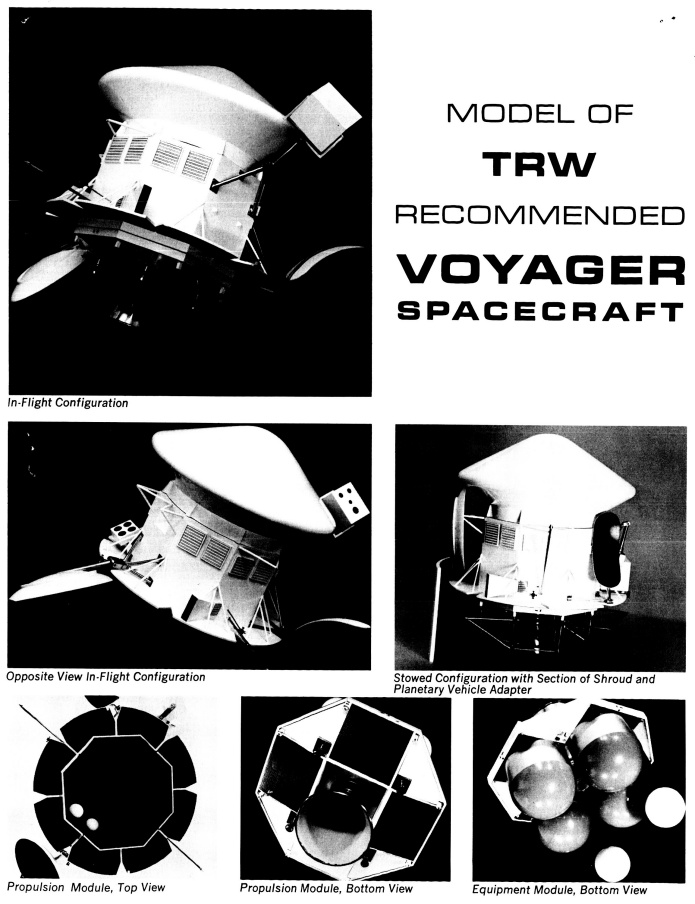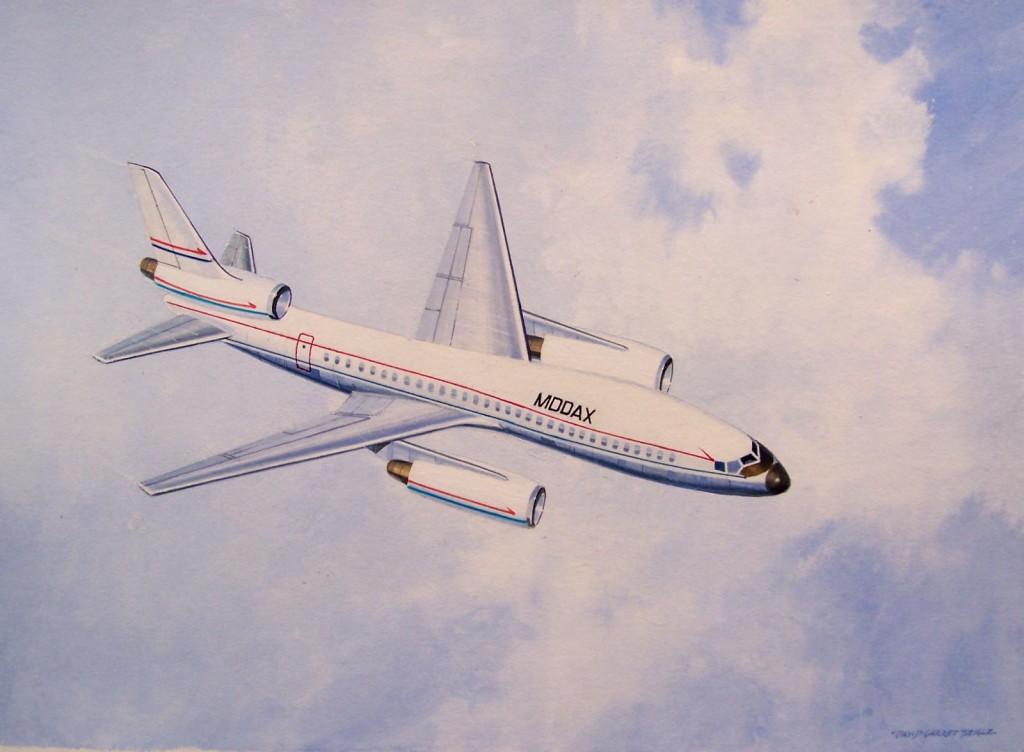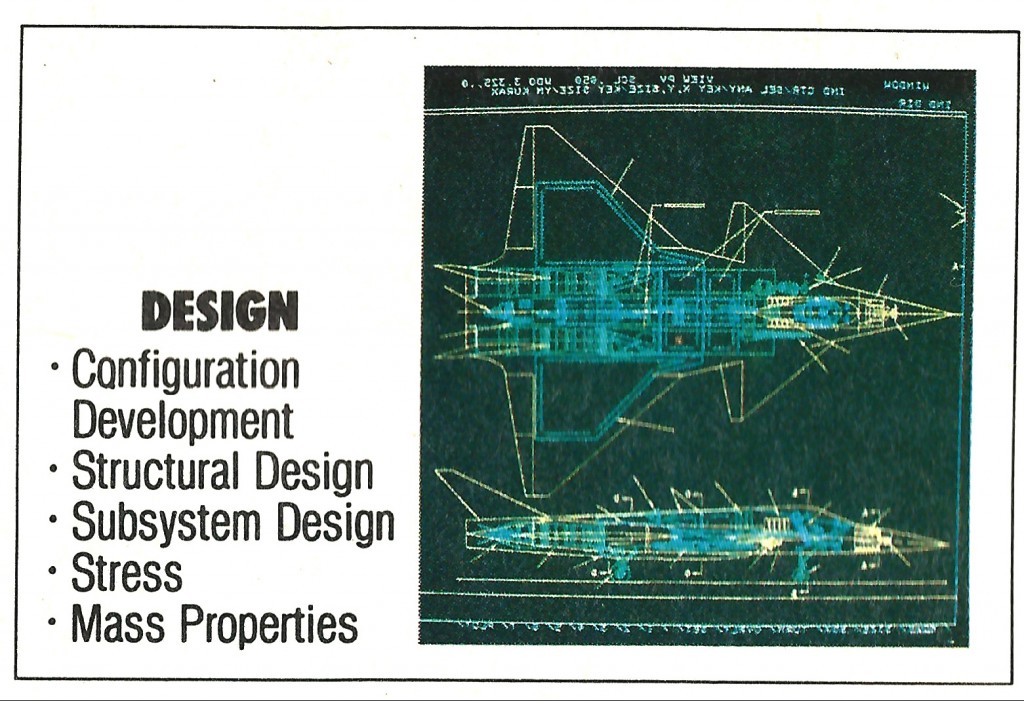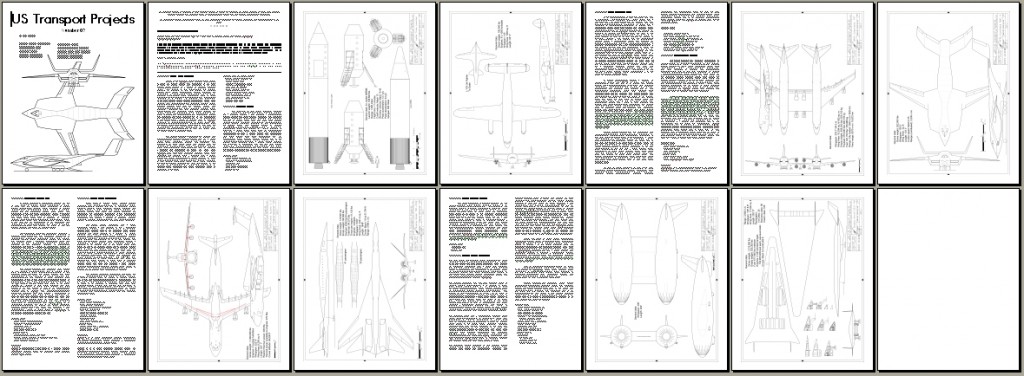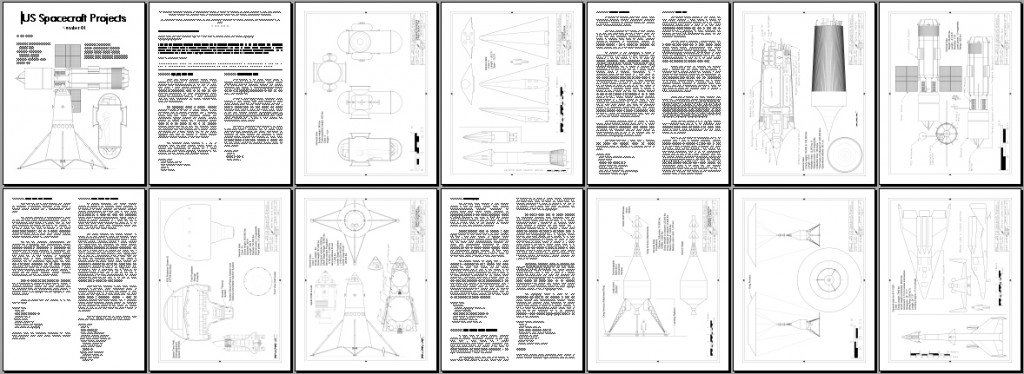“Ignition! An informal history of liquid rocket propellants” was written by John D. Clark and published by Rutgers University in 1972. It is a classic text on the subject… a text which has not been reprinted since except by some print-on-demand types. If you find a copy of this book for less than several hundred dollars, you’ve lucked out. It’s a good read, both informative and entertaining.
Fortunately, someone went to the bother of scanning the whole thing and posting it as a PDF. I’m honestly unclear about the copyright implications, if any… but the scan has been openly and freely available for some years, so…
http://library.sciencemadness.org/library/books/ignition.pdf
Hmmm. It seems that I’ve completely flaked out on the PDF reviews for quite a while. And nobody said anything. Makes me wonder if maybe there’s just no interest in these? Shrug, oh well, moving on…
As always: check out the APR Patreon for info on how to help, and how to get rewards.
